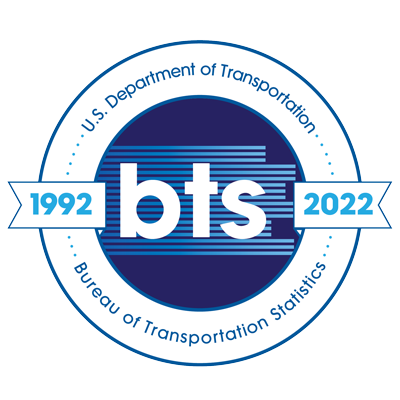Pandemic and Mobility: what effects for cities?
Topics:
Keywords: Cities, Pandemic, Mobility, Socio-spatial inequality, France
Abstract Type: Paper Abstract
Authors:
Celine Vacchiani-Marcuzzo, UMR Geographie-cites, University of Reims
,
,
,
,
,
,
,
,
,
Abstract
At the beginning of the pandemic, the emergence of an "urbanophobic" attitude in the media was probably the most striking fact. Numerous publications have been aimed at castigating cities, especially metropolises. This attitude is not new, as it has been observed with every pandemic since the Black Death in Europe. The question of urban exodus has returned to the center of debates, like a recurring fantasy. Recently, research has provided new results that have qualified this overly caricatured vision and shown that the crisis has not led to a strong departure from the metropolises to the countryside. If, 95% of early Covid-19 cases were located in cities, it was more because of their strong interconnection, cities articulating different scales, than because of intrinsic factors (density or social composition). Thus, since March 2020, cities have not collapsed and their end is not in sight. However, urban populations have adopted new behaviors in terms of mobility and these changes, appeared throughout the epidemic, continue and contribute to the transformation of cities. Using data from social networks (Data for Good, Facebook), this paper aims to look at mobilities in the Paris urban area, focusing on the populations that left the metropolis at the time of the first lockdown, but also on those that stayed. This article aims to contribute to a better understanding of the spatial dimensions of the pandemic, by analyzing incoming and outgoing (im)mobilities, before, during and after the periods of lockdowns in the case of the Parisian agglomeration.
Pandemic and Mobility: what effects for cities?
Category
Paper Abstract








